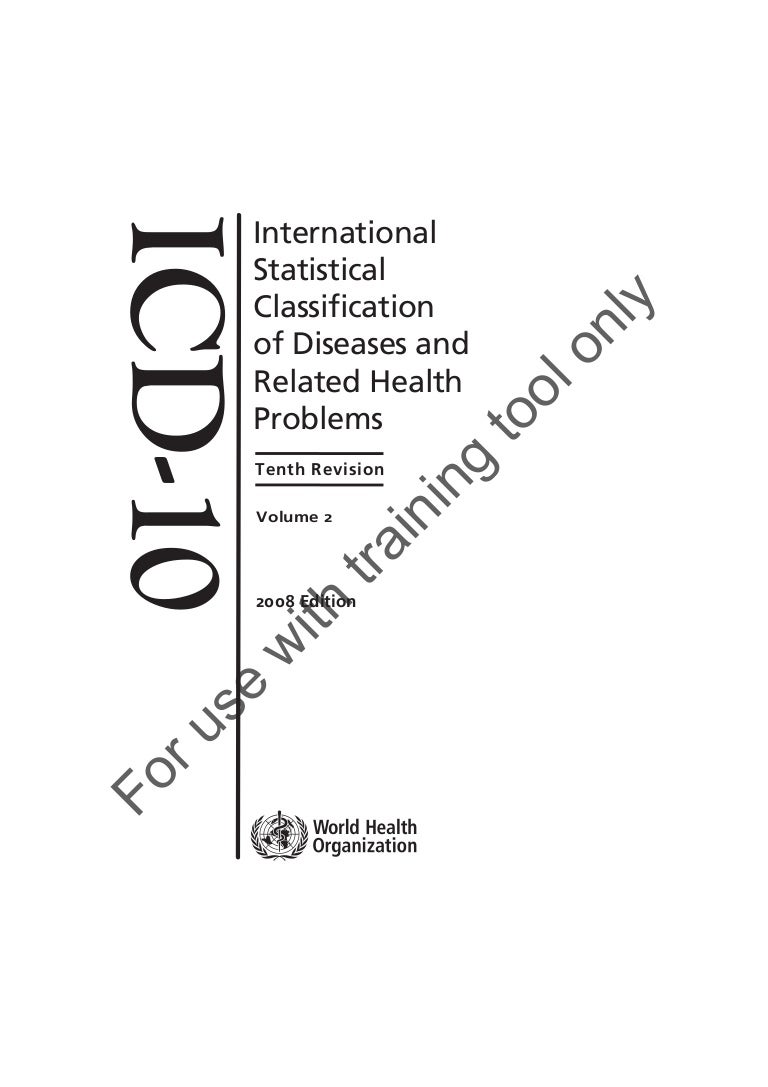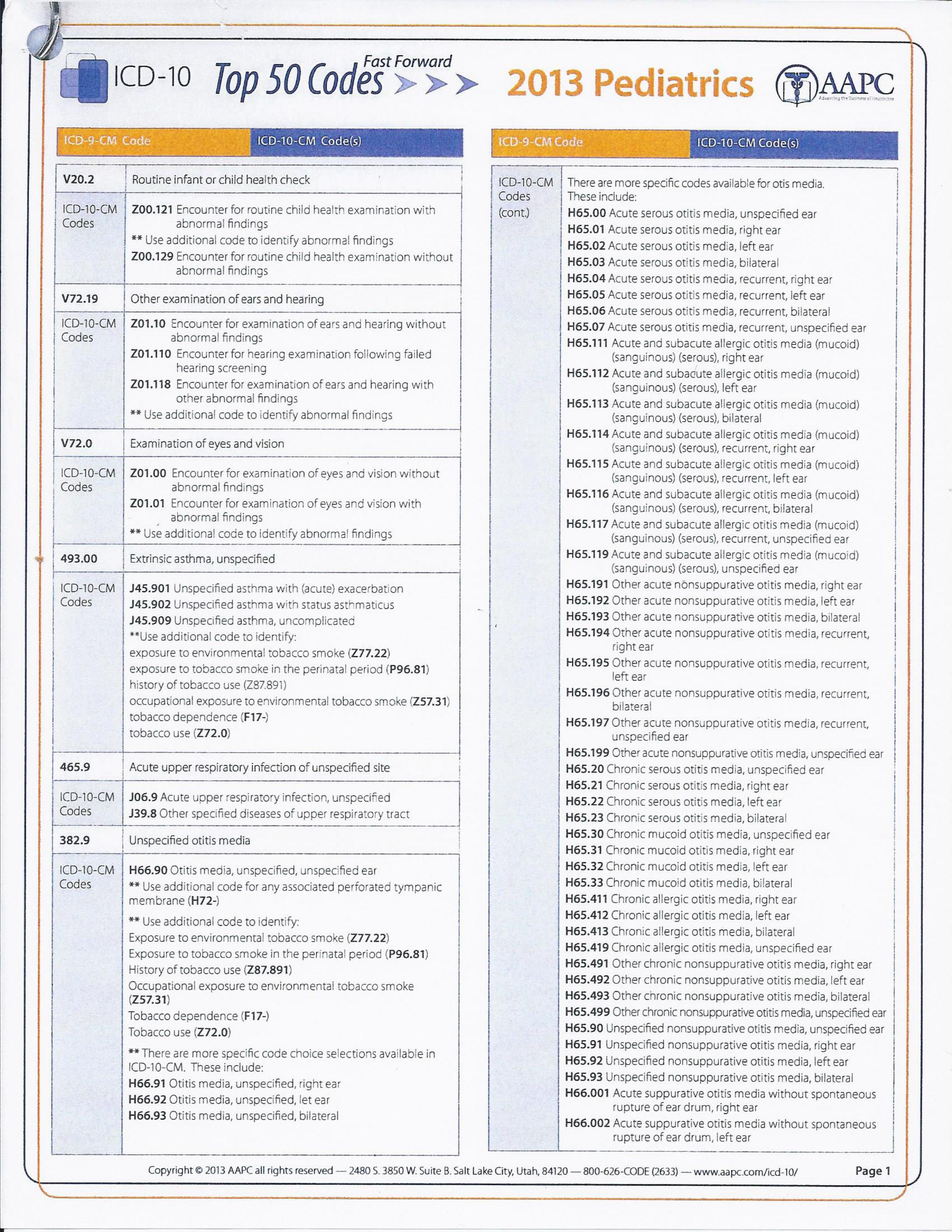

It is an alerting signal that warns of impending danger and enables the individual to take measures to deal with threat.

Feeling or emotion of dread, apprehension, and impending disaster but not disabling as with anxiety disorders.Feeling of distress or apprehension whose source is unknown.Treatment can involve medicines, therapy or both. But for millions of people in the United States, the anxiety does not go away, and gets worse over time. This is the American ICD-10-CM version of I67.9 - other international versions of ICD-10 I67.9 may differ. The 2023 edition of ICD-10-CM I67.9 became effective on October 1, 2022.
#Ivcd icd 10 code#
It usually ends soon after you are out of the situation that caused it. I67.9 is a billable/specific ICD-10-CM code that can be used to indicate a diagnosis for reimbursement purposes. This kind of anxiety is useful - it can make you more alert or careful. You may feel anxious before you take a test or walk down a dark street. Apprehension or fear of impending actual or imagined danger, vulnerability, or uncertainty.Apprehension of danger and dread accompanied by restlessness, tension, tachycardia, and dyspnea unattached to a clearly identifiable stimulus.An anxiety disorder characterized by free-floating, persistent, and excessive worry for at least six months.This can also cause additional symptoms, which include. The worry is accompanied by restlessness, fatigue, inability to concentrate, irritability, muscle tension, and/or sleep disturbance and lasts for at least 6 months. If you have frequent or prolonged ventricular premature complexes, this may reduce your heart’s ability to pump blood efficiently. An anxiety disorder characterized by excessive and difficult-to-control worry about a number of life situations.Other symptoms of gad include being restless, being tired or irritable, muscle tension, not being able to concentrate or sleep well, shortness of breath, fast heartbeat, sweating, and dizziness. A condition marked by excessive worry and feelings of fear, dread, and uneasiness that last six months or longer.


 0 kommentar(er)
0 kommentar(er)
